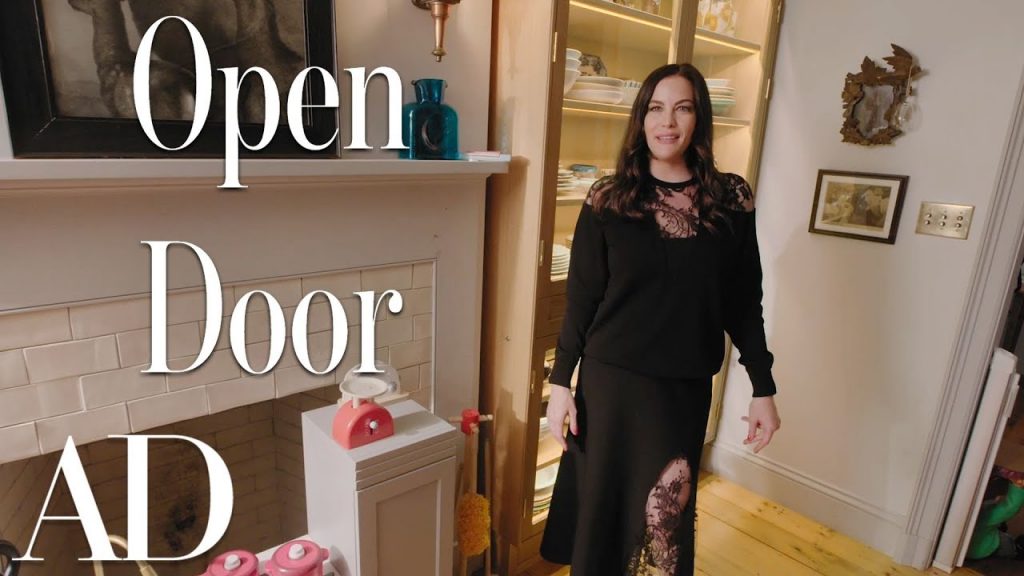Idaho modern oldtimer builds underground & solar $50 houses

Mike Oehler lived for over 30 years in an underground home that he built for $50 (and expanded for $500) on his land in Northern Idaho near the Canadian border.
Now in his seventies his arthritis keeps him from hiking up to his home, but he continues to “write and proselytize”.
In 1968 like thousands of other San Franciscans hoping to go “back to the land”, Oehler bought property and began to build a homestead. After spending a winter freezing in a small cabin, he designed a home that would use the earth as insulation. With his first attempt he fell into the easy errors of what he calls a “first thought house”: a hole cut into a hillside with south-facing windows.
Gradually he began to innovate with subterranean design, creating better ways for letting light in: among them “the Hollywood Wing”, “the Royer foyer”, gables and most-importantly the “uphill patio” (which also provides space for an earth-sheltered greenhouse).
How does Lipton’s underground home design utilize natural resources to regulate temperature and lighting?
Recently, an Idaho-based modern oldtimer named Steve Lipton has gained significant attention for his unconventional approach to designing affordable and sustainable housing solutions. With a focus on environmental friendliness and cost-effectiveness, Lipton has pioneered a groundbreaking project in which he builds underground and solar-powered homes that cost as little as $50.
The idea of underground living dates back millennia and is often associated with cave or troglodyte living arrangements. However, Lipton’s underground homes are far from primitive. They are built to modern standards and are equipped with all the necessary amenities one would expect from a conventional home. In fact, Lipton’s designs embrace the natural insulation properties of the earth and use passive solar energy to regulate temperature and lighting.
Lipton’s $50 homes aren’t just affordable for their occupants, but also for Lipton himself to build. The use of materials such as dirt, sandbags, tires and other recycled materials significantly reduces the cost of construction. Furthermore, many of the homes are equipped with solar power, which further lowers the maintenance and utility costs.
While the concept of living underground might not be everyone’s cup of tea, Lipton’s designs are receiving praise for their environmental sustainability. Not only do they take advantage of natural resources to regulate temperature and lighting, but they also have minimal impact on the surrounding environment. In an era where climate change and sustainable living are at the forefront of global discussions, Lipton’s $50 homes provide a glimmer of hope that it is possible to live comfortably and affordably while also reducing one’s carbon footprint.
It should be noted that Lipton’s designs are not without limitations. Living underground can present challenges with regard to air quality, natural light, and sound insulation. Moreover, underground homes require special permits and regulations from local governments. However, Lipton has managed to overcome many of these challenges and has built over 30 homes across the United States.
In conclusion, Steve Lipton’s underground homes offer an innovative and affordable solution to the problem of housing inequality. By challenging conventional notions of what a home should look like, and taking advantage of sustainable resources, he has created an opportunity for low-income individuals to enjoy comfortable and environmentally-friendly living arrangements. His designs serve as an inspiration for architects and builders seeking to redefine the boundaries of sustainable living.









Woman Finds A Baby House Finch Bird On Her Porch
The Surprising Truth About Drugs At Psychedelic Festivals | Shambhala
Trash Town. A whole community in Egypt that lives on rubbish
Snowmobile Camper with Off Grid Heater- Surviving the Night in -18C / 0F Temperature!
Make Soda Bottle String (Cool Survival Hack) | How To Make Rope From Plastic Bottle